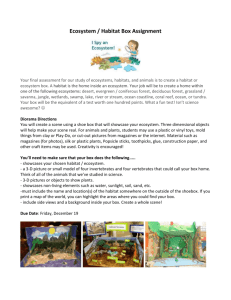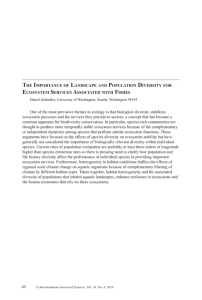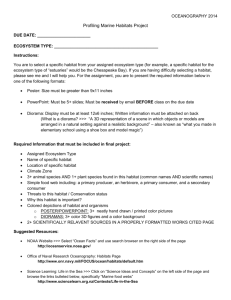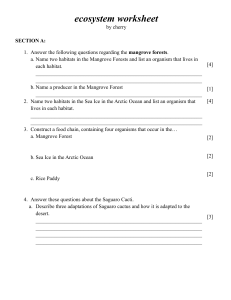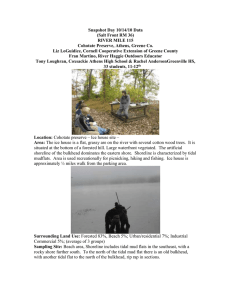Coastal condition monitoring using indicators of mangrove and saltmarsh
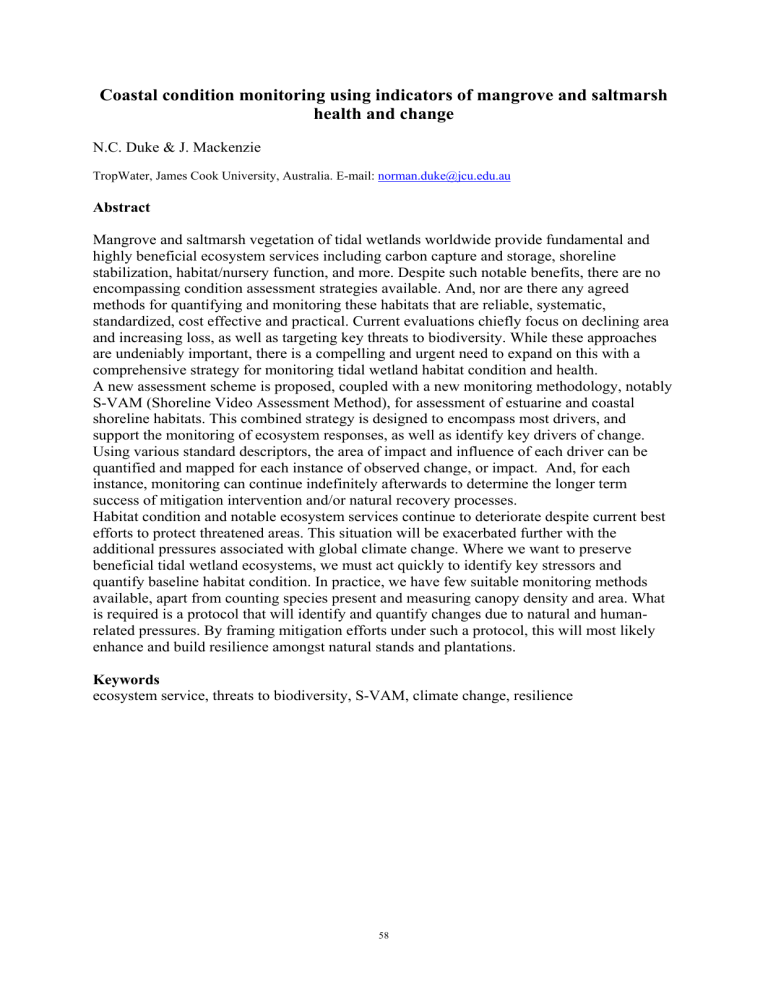
Coastal condition monitoring using indicators of mangrove and saltmarsh health and change
N.C. Duke & J. Mackenzie
TropWater, James Cook University, Australia. E-mail: norman.duke@jcu.edu.au
Abstract
Mangrove and saltmarsh vegetation of tidal wetlands worldwide provide fundamental and highly beneficial ecosystem services including carbon capture and storage, shoreline stabilization, habitat/nursery function, and more. Despite such notable benefits, there are no encompassing condition assessment strategies available. And, nor are there any agreed methods for quantifying and monitoring these habitats that are reliable, systematic, standardized, cost effective and practical. Current evaluations chiefly focus on declining area and increasing loss, as well as targeting key threats to biodiversity. While these approaches are undeniably important, there is a compelling and urgent need to expand on this with a comprehensive strategy for monitoring tidal wetland habitat condition and health.
A new assessment scheme is proposed, coupled with a new monitoring methodology, notably
S-VAM (Shoreline Video Assessment Method), for assessment of estuarine and coastal shoreline habitats. This combined strategy is designed to encompass most drivers, and support the monitoring of ecosystem responses, as well as identify key drivers of change.
Using various standard descriptors, the area of impact and influence of each driver can be quantified and mapped for each instance of observed change, or impact. And, for each instance, monitoring can continue indefinitely afterwards to determine the longer term success of mitigation intervention and/or natural recovery processes.
Habitat condition and notable ecosystem services continue to deteriorate despite current best efforts to protect threatened areas. This situation will be exacerbated further with the additional pressures associated with global climate change. Where we want to preserve beneficial tidal wetland ecosystems, we must act quickly to identify key stressors and quantify baseline habitat condition. In practice, we have few suitable monitoring methods available, apart from counting species present and measuring canopy density and area. What is required is a protocol that will identify and quantify changes due to natural and humanrelated pressures. By framing mitigation efforts under such a protocol, this will most likely enhance and build resilience amongst natural stands and plantations.
Keywords ecosystem service, threats to biodiversity, S-VAM, climate change, resilience
58

